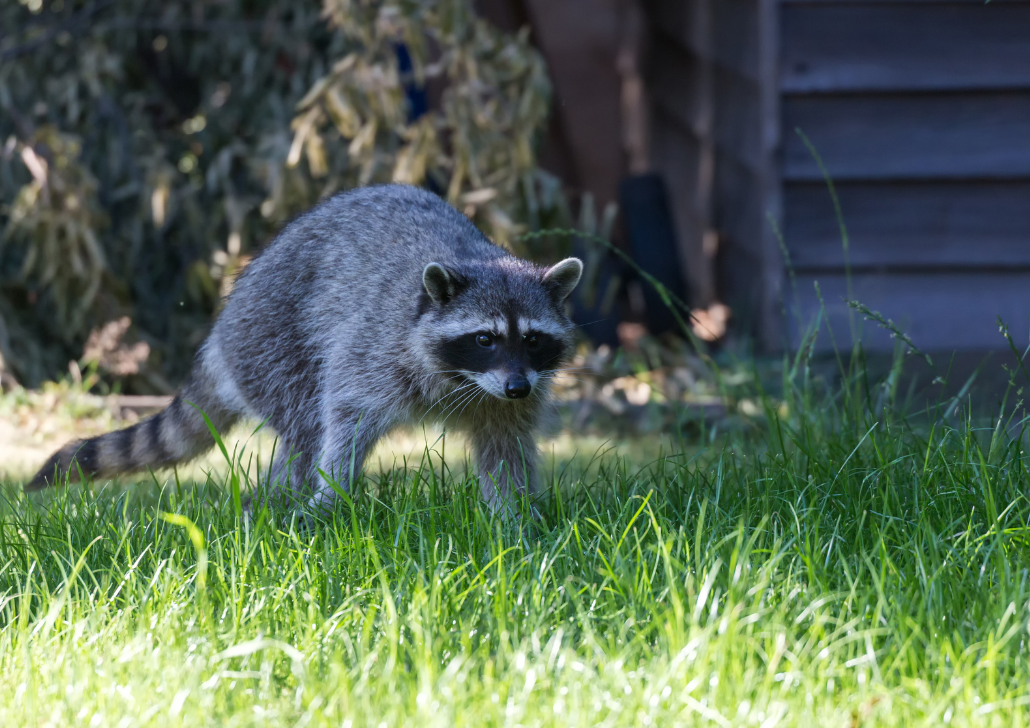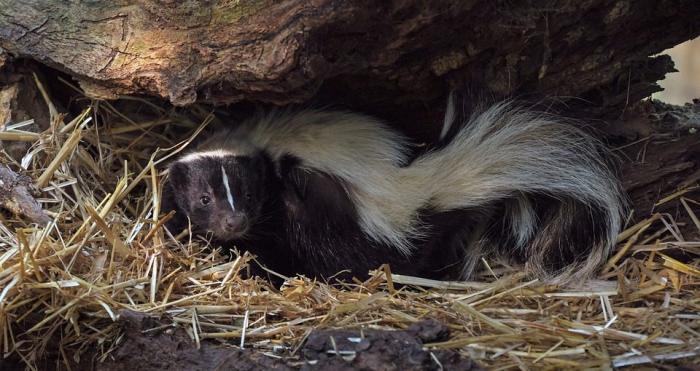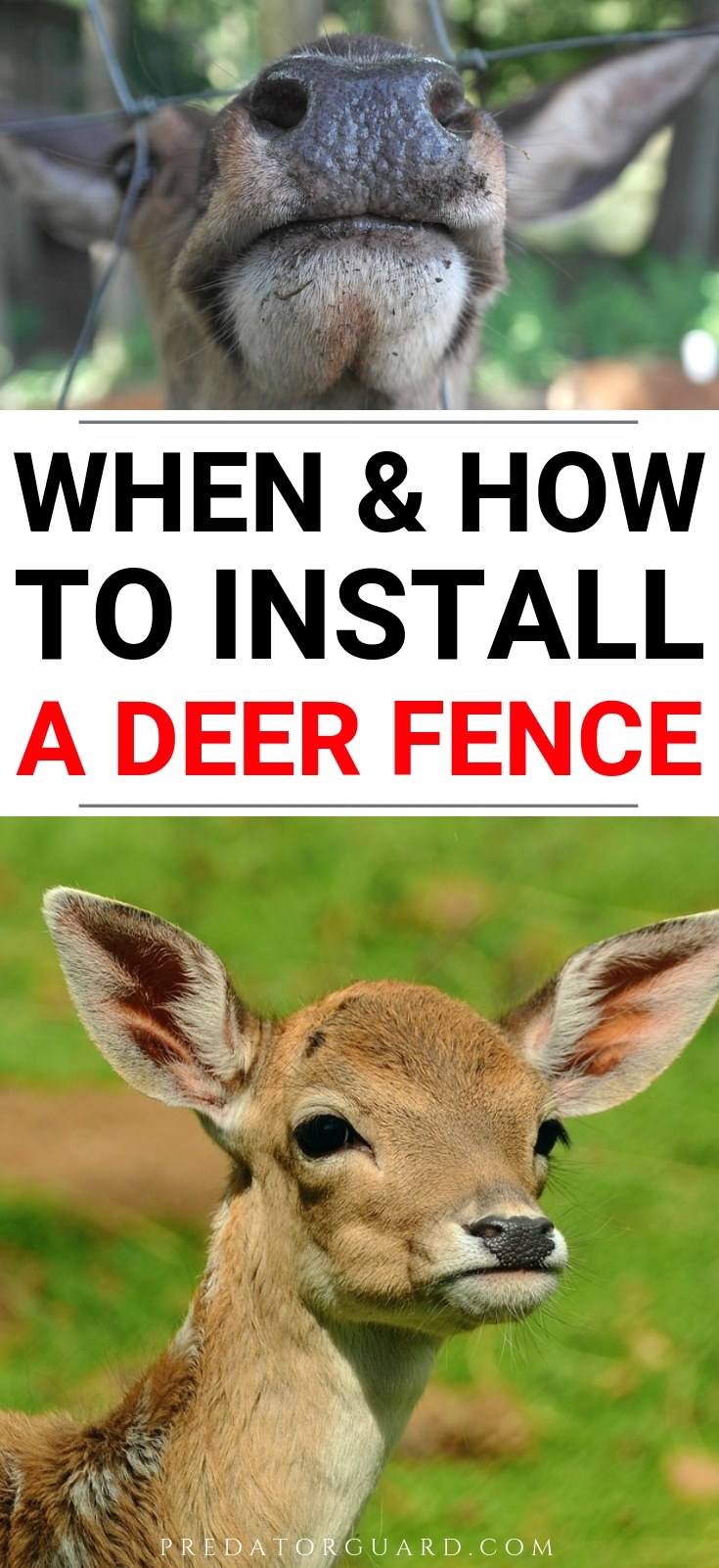
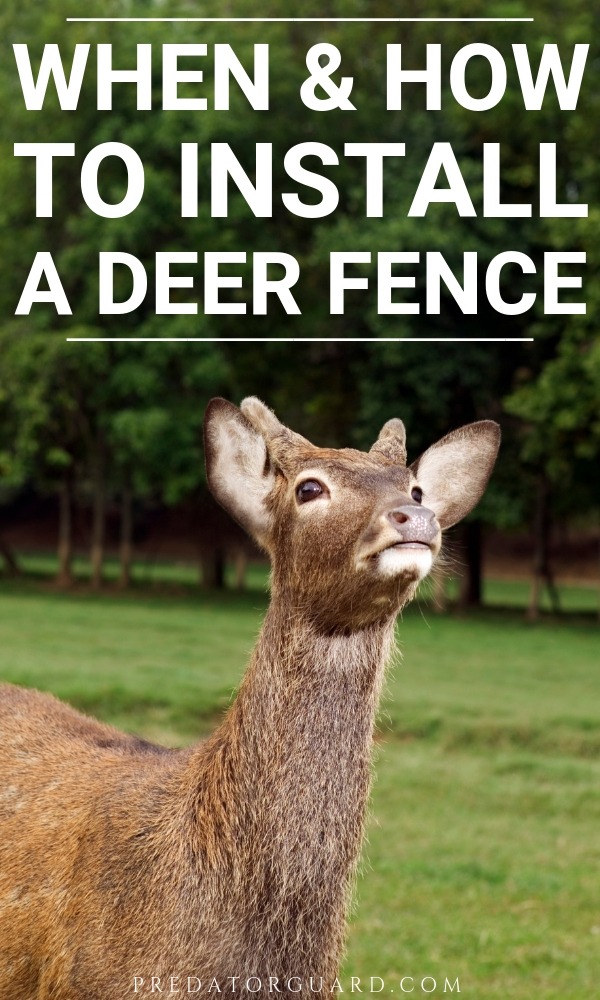
Deer will not only help themselves to your garden, they can carry and drop ticks in your yard. Taking action to keep them off of your property should be taken seriously when it's a nightly occurrence, and when there are many deer passing through.
Lyme disease is spreading faster than ever, and it's believed that a high percentage of ticks found on deer are carrying it. The effects can be devastating.
You can easily spray to kill any ticks in your yard, but this means poisoning your garden and landscape, and potentially posing a threat to other wildlife in the area, and even your pets.
Is It Time To Install A Deer Fence?
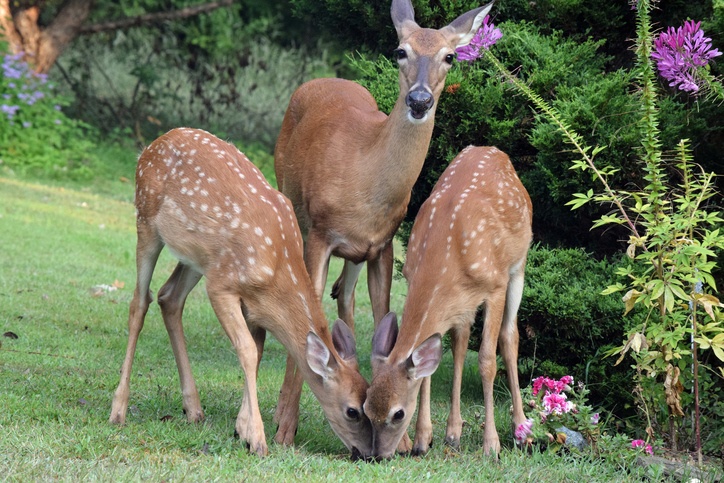
It goes without saying that investing in deer fencing is expensive, but it's the most effective way to keep deer out of your garden or yard.
For those living in an area that is densely populated with deer, sometimes it's the only option that will work.
If you've tried hanging deer repellent pouches, planting deer resistant plants, and every other tip for keeping deer out of your yard to no avail, it may be time to install a deer fence.
Deer Fence Basics
- Fence Height: Fencing suitable for keeping deer out should be at least 8 feet tall so the deer cannot jump over it.
- Durability: Durability should always be at the forefront of your mind when deciding what type of materials to use for your deer fence. Decide where you can cut costs carefully.
- Gate: Don't forget to add a gate so you can enter the area, unless it's attached to your home with a back door entrance.
- Bottom of The Fence: Leave some slack or bury the bottom of the fencing a little bit so the deer can't push through.
Types of Deer Fences & How To Install
Wire-Mesh Fencing
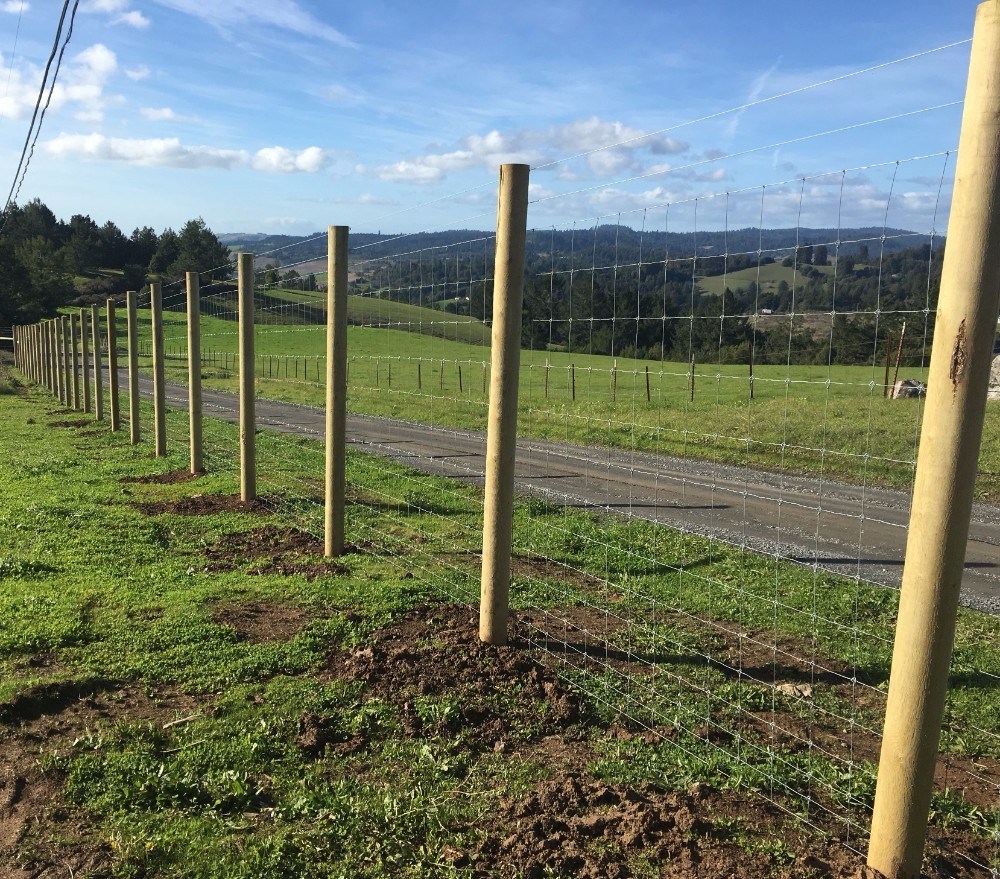
Wire-mesh fencing was the most popular fencing for keeping deer out for a long time. It's effective and durable, and you can rest assured when installed correctly, deer will not be able to get to your garden or yard.
However, it's more expensive than polypropylene-mesh fencing.
If you want somewhat invisible fencing, you can opt for black polyethylene, but this brings the cost up even more.
How To Install Wire-Mesh Fencing
To install wire-mesh fencing, you first need to stake out the perimeter so you'll know how many posts to buy. You'll need to dig holes 6 inches wide by 12 inches deep every 8 feet around the perimeter of the area.
You also need to decide if you're going to use metal posts or wooden posts. It's easier to fix wooden posts later, but they're susceptible to rotting in the elements, and for that reason, we recommend using metal posts. It's worth the extra effort.
Once you've decided on the type of posts and you know how many to set up, dig your holes around the perimeter of the area. To secure the posts in the ground, you need some quick-setting concrete.
You'll have an easier time if you section off your mesh into sections. This may not be necessary if you have someone helping you install the fence, but it can still be helpful to cut the fencing. This way you're not fumbling around with an entire roll of wire fence.
Cut it to fit between several posts, and stretch it across at least two posts. Once you're sure it's even along the top and bottom, secure the fencing into the posts. For wooden posts, you simply use wood screws at the top, bottom, and middle of the post to secure the fencing.
For metal posts, you'll need special ties along with a drill bit specifically made for metal installations.
Continue this method all the way across the perimeter of the fencing, taking care that everything is straight, and leaving a little bit of slack so the deer aren't able to push under the bottom of the fencing. Some may suggest burying the wire fencing under the ground a little bit to help keep other predators and pest animals from digging.
Polypropylene-Mesh Fencing
Wire-Mesh Fencing

Wire-mesh fencing was the most popular fencing for keeping deer out for a long time. It's effective and durable, and you can rest assured when installed correctly, deer will not be able to get to your garden or yard.
However, it's more expensive than polypropylene-mesh fencing.
If you want somewhat invisible fencing, you can opt for black polyethylene, but this brings the cost up even more.
How To Install Wire-Mesh Fencing
To install wire-mesh fencing, you first need to stake out the perimeter so you'll know how many posts to buy. You'll need to dig holes 6 inches wide by 12 inches deep every 8 feet around the perimeter of the area.
You also need to decide if you're going to use metal posts or wooden posts. It's easier to fix wooden posts later, but they're susceptible to rotting in the elements, and for that reason, we recommend using metal posts. It's worth the extra effort.
Once you've decided on the type of posts and you know how many to set up, dig your holes around the perimeter of the area. To secure the posts in the ground, you need some quick-setting concrete.
You'll have an easier time if you section off your mesh into sections. This may not be necessary if you have someone helping you install the fence, but it can still be helpful to cut the fencing. This way you're not fumbling around with an entire roll of wire fence.
Cut it to fit between several posts, and stretch it across at least two posts. Once you're sure it's even along the top and bottom, secure the fencing into the posts. For wooden posts, you simply use wood screws at the top, bottom, and middle of the post to secure the fencing.
For metal posts, you'll need special ties along with a drill bit specifically made for metal installations.
Continue this method all the way across the perimeter of the fencing, taking care that everything is straight, and leaving a little bit of slack so the deer aren't able to push under the bottom of the fencing. Some may suggest burying the wire fencing under the ground a little bit to help keep other predators and pest animals from digging.
Polypropylene-Mesh Fencing
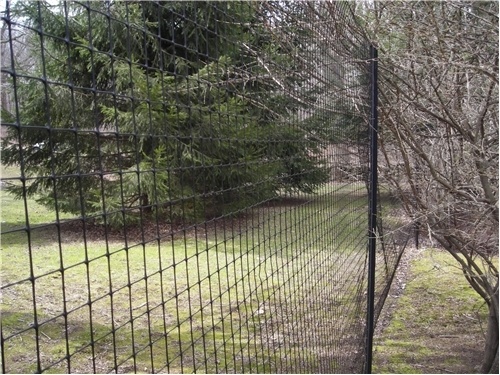
Polypropylene-Mesh is made of plastic, and therefore is a cheaper option to wire-mesh fencing. For that reason, it's become more popular in the last few years. It's nearly invisible compared to wire mesh fencing, but it's not quiet as durable.
Beyond the fact that it's cost effective, it's works well and comes in three different strengths: standard, heavy perimeter, and heavy duty.
If you only have a few deer visiting your property on occasion, the standard fence should work just fine. For areas that are more heavily-populated with deer, you should opt for the heavy perimeter or heavy duty fencing.
The instructions to install polypropylene-mesh fencing are the same as wire-mesh fencing. In fact, it should be a little easier considering it's a much more flexible material.
Beyond the fact that it's cost effective, it's works well and comes in three different strengths: standard, heavy perimeter, and heavy duty.
If you only have a few deer visiting your property on occasion, the standard fence should work just fine. For areas that are more heavily-populated with deer, you should opt for the heavy perimeter or heavy duty fencing.
The instructions to install polypropylene-mesh fencing are the same as wire-mesh fencing. In fact, it should be a little easier considering it's a much more flexible material.
Other Fencing Options
Privacy Fencing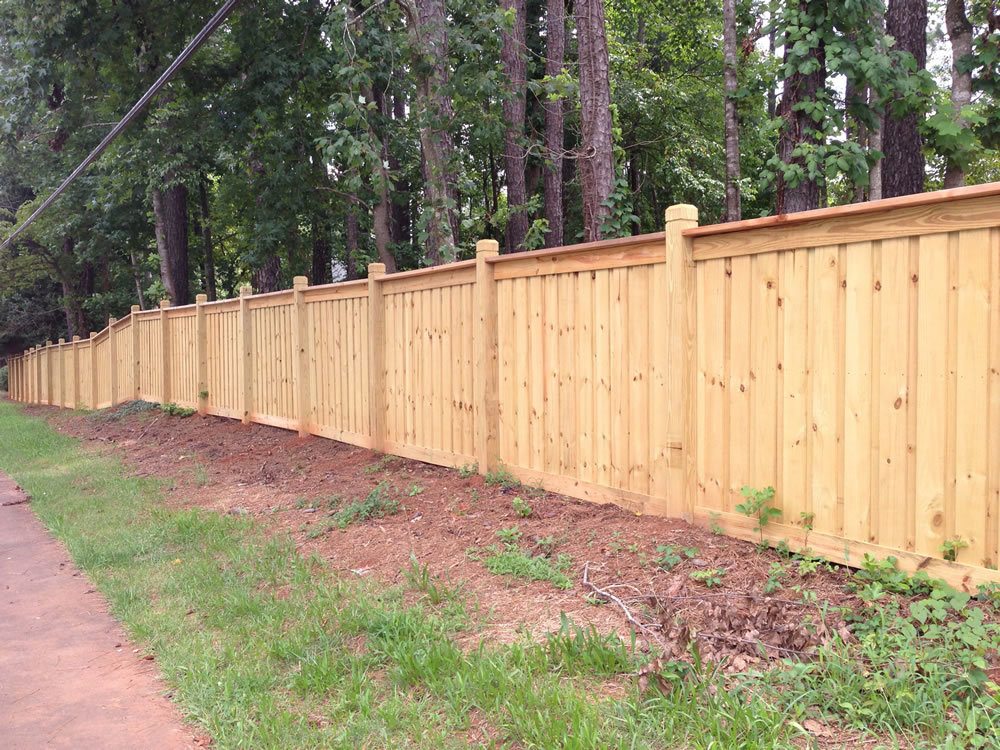
Privacy fencing isn't the go-to option for most people looking to keep deer off of their property, but if a privacy fence is something you've been considering anyway, it does work for deer as well.
Because the deer can't see on the other side of the fence, it doesn't need to be 8 feet tall. The deer will be too nervous that there might be predators on the other side, and they won't want to risk it.
You will need to check with your local building department to see if a permit is required to build your fence. More than likely it will be just fine, but they'll also provide you with any information you need regarding height and set-back distance.
Chain-Link Fencing
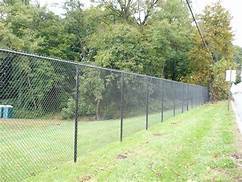
Chain-link fencing, while not the most aesthetically pleasing option, can work to keep deer out as well. Unfortunately, it gets expensive. And because it's see-through, it will need to be tall enough that the deer won't be able to jump the fence.
The process for installing a chain-link fence is similar to mesh fencing. It's comprised of posts, rolls of chain link fencing, and a gate as needed.
Have you installed a deer fence on your property? What worked for you? Leave a comment below. We'd love to hear from you!
If you liked this post, don't forget to pin it for later:





